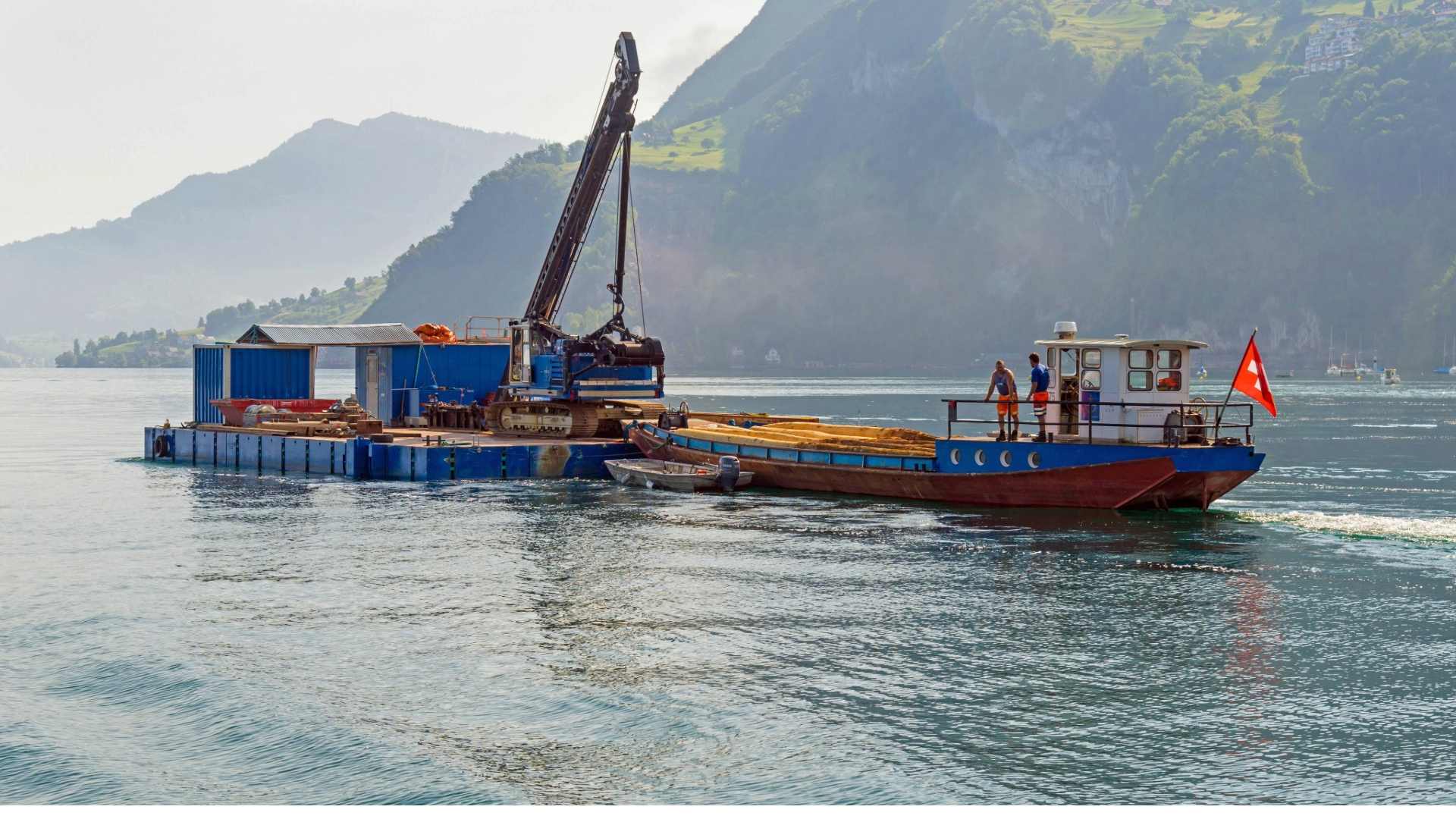Introduction
This November, the city of Rochester, Minnesota, is set to embark on a transformative project involving the dredging of Silver Lake and the replacement of its aging dam structure. This large-scale initiative aims to improve water quality, enhance recreational opportunities, and support ecological restoration — all while increasing long-term sustainability of the lake and its surrounding park.
The lake dredging project, currently in its planning and permitting phase, is expected to span five months and comes with a price tag of $5.2 million, funded through flood control resources. In parallel, the dam replacement and related improvements are projected to cost an additional $4 million. The city hopes that this comprehensive approach will address sediment buildup, aging infrastructure, and connectivity issues within Silver Lake Park.
Why Silver Lake Needs Dredging
Over the years, Silver Lake has accumulated significant sediment in its main channel and adjacent areas. Sediment buildup in lakes is a natural process, but human activities and stormwater runoff often accelerate it, leading to decreased water depth, reduced water quality, and impaired recreational use.
Lake dredging involves the excavation of accumulated sediment to restore depth, improve water flow, and enhance aquatic habitats. In Silver Lake’s case, the sediment removal will temporarily lower the lake level to expose key sections of the lakebed. This approach allows workers to remove the sediment and prepare for subsequent infrastructure upgrades more easily.
According to Aaron Luckstein, Deputy Director of Public Works for Environmental Services in Rochester, “Some of the things have not received final approval from the City Council and permits, but it is in the process phase.”
A Multi-Purpose Project with Broad Goals
Beyond sediment removal, the dredging project serves multiple objectives. One of the most significant is the replacement of the existing dam with a modern, ecologically sensitive structure that includes rock arch rapids and wave pools. These elements will support upstream fish migration and enhance the lake’s natural aesthetics, all while maintaining water levels in a way that mimics natural flow patterns.
“You will have a lake,” explained Project Manager Matt Crawford. “It’s not going to drain, it’s not going to go anywhere, and it will function just as it does today.”
The new dam design, supported by the Minnesota Department of Natural Resources (DNR), moves the structure approximately 200 feet east of the current location. This adjustment is expected to minimize the reduction in lake footprint, keeping the overall size decrease under five acres. In fact, some of the reclaimed area could result in a net gain in usable lake space on the southern end, where dredging is planned to restore a former peninsula that was previously filled in for snow storage during the winter months.
Enhanced Trails and Recreational Access
The city is also utilizing the opportunity of dredging and dam replacement to expand its recreational infrastructure. A key element of this plan is the extension of the existing city trail along the northern edge of Silver Lake. This trail will eventually connect with paths west of the Broadway Avenue bridge, improving access and safety for pedestrians and cyclists.
Frequent cyclists Dale and Sandy Larsen voiced their support for more comprehensive access during a recent public meeting. They expressed disappointment that a proposed pedestrian bridge on the lake’s west end remains unfunded, but praised the city’s efforts to lay the groundwork for future construction. Plans currently include installing a center pier base for the bridge during the lake’s low-water period — a strategic move to reduce costs and avoid the need for another drawdown later.
Environmental and Community Feedback
The project has prompted mixed reactions from the community. Some residents, like Greg Munson, remain skeptical of the changes to the dam but are cautiously optimistic about the broader goals. Others are more vocal in their support, especially those who see improved trails and cleaner waters as major benefits to the area.
From an environmental standpoint, the project aligns with contemporary best practices in dredging and waterway restoration. Incorporating features like fish passageways and natural water retention areas reflects a broader shift toward sustainable lake management. Additionally, dredged sediment will be transported to a city reservoir near the Kalmar Landfill — an approach that ensures the material is reused or stored responsibly.
Challenges Ahead
Despite strong planning, the project faces some uncertainties. Final permits and approvals from the Rochester City Council and state agencies are still pending, and inflation may cause costs to rise higher than initially estimated. “I’m anticipating it will be a little higher,” said Luckstein, acknowledging the rise in construction prices since the original estimates were developed.
There’s also the logistical complexity of coordinating dredging, dam construction, trail development, and sediment hauling — all within a limited window during the cold-weather months. Traffic around the southeast corner of Silver Lake Park is expected to increase due to the steady flow of trucks transporting sediment to the landfill site.
Looking to the Future
If executed as planned, the Silver Lake dredging and dam replacement project will significantly improve the lake’s ecological health, enhance recreation, and lay the groundwork for future park development. The city’s multiphase strategy demonstrates a commitment to long-term sustainability, flood control, and community engagement.
From restoring lake depth to building trail connections, this ambitious project aims to transform Silver Lake into a cleaner, safer, and more vibrant community asset, while preserving its function as a flood control basin and urban fish habitat.
As Rochester looks ahead to a November construction start, stakeholders remain hopeful that the outcomes will exceed expectations, turning years of sediment buildup and structural wear into a revitalized jewel in the heart of the city.
